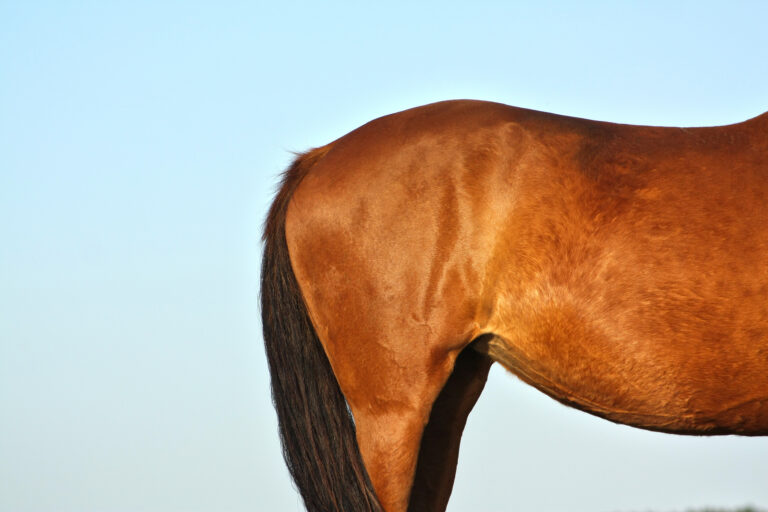
One frustrating element to wound healing on the distal limb is the propensity of horses to develop exuberant granulation tissue that slows wound contraction and epithelialization. Scars lead to cosmetic dissatisfaction for clients and potential for interference with athletic endeavors for the horse.
A plant that grows in northwest India contains kaempferols that have anti-angiogenesis and tumor-suppressing properties. The plant also contains beta ecdysone and quercetin, which have insecticidal and anti-parasitic properties, useful against Habronema.
An Indian study evaluated use of a leaf extract from this plant on equine wounds with exuberant granulation tissue in various locations on the body [Dedar, R.K.; Kumar, N.; et al. Leaf Extract of Aerva javanica Suppresses Excessive Growth of Granulation Tissue in Horses. Journal of Equine Veterinary Science 2020, vol. 93; doi.org/10.1016/j.jevs.2020.103193].
The extract was applied as a daily topical spray on 15 horses for wounds that previously did not respond to conventional treatment. Lesions ranged in duration from 2-3 months to over a year and had been caused by either trauma or Habronema larvae infestation.
The spray was stopped when exuberant granulation tissue resolved.
Photos in the journal article showed excellent resolution within 30 days for most cases.
The authors note that a quantitative analysis of active ingredients needs to be explored as to the optimum efficacy of the extract against growth of exuberant granulation tissue.








